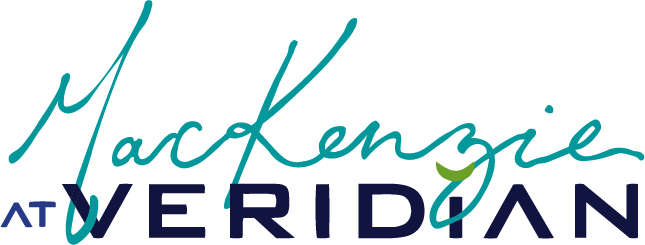Annual Report Design Trends for 2025 (and How to Use Them Wisely)
Annual reports are no longer simple year-in-review documents. They are credibility pieces, fundraising tools, and storytelling platforms. For years, the ultra-modern, corporate look dominated nonprofit and association reports: clean grids, minimal photography, and sharp typography meant to signal authority. But as 2025 closes, we are seeing a shift.
Some organizations are leaning harder into corporate-modern design to demonstrate stability, while others are moving in the opposite direction — embracing handcrafted artwork, playful imagery, and creative storytelling to stand out. The lesson? Donors expect professionalism and trust, but they also want connection and personality. The right design trend can elevate your message, but blindly following fads can make a report feel dated before it even goes to print.
Here are five key annual report design trends for 2025, and how to use them wisely.
Trend 1: The Rise of the Ultra-Modern, Corporate Style
What it looks like: clean sans-serif fonts, sharp grids, minimal photography, and bold brand colors.
Why it works: this style signals professionalism, structure, and stability. It reassures donors that the organization is organized and trustworthy.
Where it falls short: when overused, it can feel cold or impersonal, reducing a report to facts and figures without emotional resonance.
When to use it: ideal for organizations that need to emphasize scale, authority, and institutional strength.
Trend 2: Handcrafted and Artistic Covers
What it looks like: illustrated, painted, or hand-drawn covers with visual elements carried into interior spreads.
Why it works: this approach transforms an annual report into a keepsake, something more like a book than a required document. Donors and stakeholders are more likely to hold on to it.
Where it falls short: if the artistry is disconnected from the report’s theme or content, it can feel like decoration instead of storytelling.
When to use it: best for organizations that want to highlight creativity, culture, or community voices.
Trend 3: Playfulness and Personality
What it looks like: collage-inspired design, warm photography, or layouts influenced by social media aesthetics. While we may not see 90s-style throwbacks dominate annual reports, we are beginning to see a touch more playfulness and human-centered design.
Why it works: this style makes reports feel approachable and emotionally engaging, reminding donors that they are investing in people, not just programs.
Where it falls short: without balance, it can tip into casual or even unprofessional.
When to use it: for organizations that want to highlight storytelling and community voices, especially when appealing to younger donor bases.
Trend 4: Accessible, Digital-First Design
What it looks like: reports built for both print and digital use, with interactive PDFs, ADA-compliant tagging, and simplified layouts for screen readability.
Why it works: accessibility is no longer optional. Reports that are tagged for screen readers and designed with strong contrast and clear typefaces reach a wider audience and meet compliance standards.
Where it falls short: when reports are only designed for digital without print standards in mind, they can feel flat and forgettable.
When to use it: always. Accessibility and dual-use design should be part of every organization’s workflow.
Trend 5: Infographics as Multi-Channel Assets
What it looks like: data visualizations designed for the annual report that are repurposed across social media posts, brochures, presentations, and scientific posters.
Why it works: one well-designed infographic can multiply in value across platforms, keeping messaging consistent and extending impact far beyond the report itself.
Where it falls short: overly complicated charts can overwhelm readers and obscure the story.
When to use it: when you want to maximize design investment and ensure data drives engagement, not confusion.
How to Use Trends Wisely
The key is not to chase every new style. The right trend should support your story, brand, and donor audience.
A public health nonprofit may lean corporate-modern to reinforce credibility. An arts organization may commission an illustrated cover to highlight creativity. A community-based nonprofit may choose collage-inspired layouts to emphasize people and stories.
What we are seeing in 2025 is not one dominant style, but a diversification. Organizations that once leaned heavily into the corporate look are now seeking more creative approaches. Others that once experimented with playful layouts are returning to streamlined professionalism. The right balance matters more than following any single trend.
The Next Step
If you are planning your 2025 annual report, now is the time to map out design direction. Download the 48-Hour Annual Report Rescue Kit for a trend checklist and a step-by-step guide to making sure your report is both modern and timeless. Or book a Publication Plan Call to determine which trend makes the most sense for your organization’s goals.
Final Thoughts
Annual reports are no longer just about presenting the facts. They are tools for trust, connection, and inspiration. Whether you choose a polished corporate look or a handcrafted creative approach, the goal remains the same: to show donors that your mission is worth investing in.
Trends may shift, but impact never goes out of style.
48-Hour Annual Report Rescue Kit
Turn last minute chaos into organized action with this emergency toolkit
✔ Quickly score where you’re at in the process with the interactive audit
✔ Copy + paste email templates to delegate tasks and request content
✔ Follow a checklist to make sure nothing important slips through the cracks

